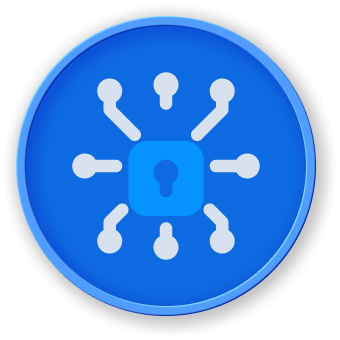Attack Prevention
Whitelist Approach
Implement strict input validation by allowing only specific, predefined file paths or patterns:
import os
import re
def validate_file_path(input_path):
## Define allowed directories
allowed_dirs = ['/var/www/safe_directory', '/home/user/documents']
## Normalize and resolve the path
normalized_path = os.path.normpath(input_path)
## Check if path is within allowed directories
for allowed_dir in allowed_dirs:
if os.path.commonpath([normalized_path, allowed_dir]) == allowed_dir:
return True
return False
Path Sanitization Techniques
Sanitization Methods
graph TD
A[User Input] --> B{Sanitization Process}
B --> C[Remove Special Characters]
B --> D[Normalize Path]
B --> E[Validate Against Whitelist]
E --> F{Access Allowed?}
F -->|Yes| G[Process Request]
F -->|No| H[Reject Request]
Practical Sanitization Example
def sanitize_path(user_input):
## Remove potential path traversal characters
sanitized_path = user_input.replace('../', '').replace('..\\', '')
## Additional sanitization
sanitized_path = re.sub(r'[^a-zA-Z0-9_\-\/\.]', '', sanitized_path)
return sanitized_path
Prevention Techniques
| Prevention Method |
Description |
Effectiveness |
| Input Validation |
Restrict input to expected formats |
High |
| Path Normalization |
Resolve and clean file paths |
Medium |
| Access Controls |
Implement strict file system permissions |
Critical |
Advanced Protection Strategies
Chroot Jail Implementation
Create isolated environments to limit file system access:
## Example of creating a chroot environment
sudo mkdir /var/chroot
sudo debootstrap jammy /var/chroot
sudo chroot /var/chroot
Security Recommendations
- Always validate and sanitize user inputs
- Use absolute path restrictions
- Implement least privilege principles
- Use secure file handling libraries
LabEx Security Best Practices
At LabEx, we recommend a multi-layered approach to preventing path traversal:
- Implement comprehensive input validation
- Use secure coding practices
- Regularly audit and test file access mechanisms
Error Handling
Implement generic error messages to prevent information disclosure:
def safe_file_access(file_path):
try:
## Secure file access logic
with open(file_path, 'r') as file:
return file.read()
except (IOError, PermissionError):
## Generic error message
return "Access denied"




